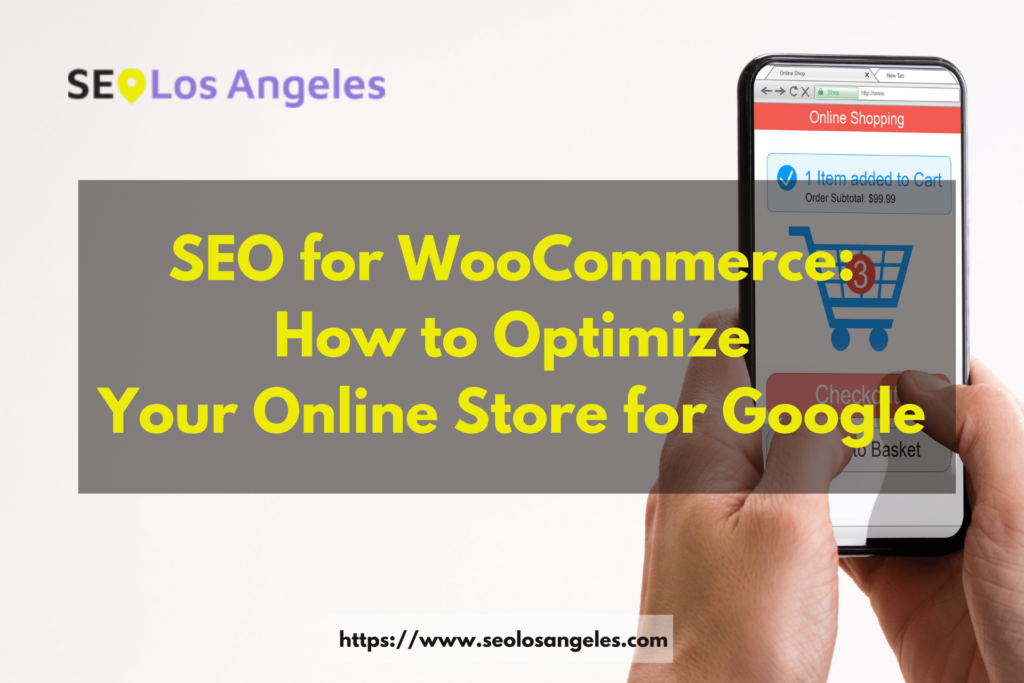Welcome to our definitive guide on SEO for WooCommerce. If you own an online store built on WooCommerce, then this guide is for you. By the end of this guide, you will have a solid understanding of what WooCommerce SEO is and how to approach it for your store. Let’s get started!
What is SEO for WooCommerce?
WooCommerce SEO is the process of optimizing your online store to rank higher in search engine results pages (SERPs). The higher you rank, the more traffic your store will get. And the more traffic your store gets, the more sales you’ll make. It’s a simple enough concept, but there’s a lot that goes into it. In this guide, we’re going to cover all the ins and outs of SEO for WooCommerce so that you can optimize your store for maximum traffic and sales.
How To Do WooCommerce SEO (The Right Way)
There are two main aspects to doing SEO for WooCommerce: on-page optimization and off-page optimization. On-page optimization refers to all the measures you can take on your actual website to improve your ranking. This includes things like titles, metatags, images, etc. Off-page optimization refers to all the measures you can take outside of your website to improve your ranking. This includes things like link building, social media engagement, and directories.
We’re going to cover both on-page and off-page optimization in this guide so that you can get a complete understanding of how to do WooCommerce SEO for your store. Let’s start with on-page optimization.
On-Page Optimization For WooCommerce Stores
There are four main areas you need to focus on when doing on-page optimization for your WooCommerce store: titles & metatags, content, design & user experience, and technical SEO. Let’s go over each one in detail so that you know exactly what needs to be done.
Pick the Right Keywords
One of the most important things that you can do to optimize your WooCommerce store for SEO is to choose the right keywords. When it comes to choosing keywords, you need to strike a balance between two factors: relevance and competition. Relevance means choosing keywords that are related to your products and services. Competition means choosing keywords that aren’t too competitive, which will make it easier for you to rank highly for those keywords in search engines. The best way to find relevant and low-competition keywords is to use a keyword research tool like Google Keyword Planner or Moz Keyword Explorer.
Use High-Quality Images
Another important factor in WooCommerce SEO is using high-quality product images. Product images are an important part of any eCommerce website, but they’re especially important for WooCommerce stores because product images are often the only thing potential customers have to go on when they’re considering whether or not to buy a product. Make sure that all of your product images are high-resolution and that they accurately represent the products that you’re selling. You should also include alt text for all of your images so that search engines can index them and people who are visually impaired can still access them.
Create Unique Product Descriptions
In addition to high-quality product images, you also need to make sure that all of your product descriptions are unique, keyword-rich, and informative. Your product descriptions should be more than just a list of bullet points; they should be well-written and engaging so that potential customers will be convinced to buy your products. Whenever possible, try to include content blocks (like videos and infographics) in your product descriptions as well; this will help your descriptions stand out from those of your competitors. Finally, don’t forget to use relevant keywords throughout your descriptions so that search engines can easily index them.
Optimize Your Site Structure
Last but not least, you need to make sure that your site structure is optimized for both users and search engines. A good site structure makes it easy for users to navigate your website and find the products they’re looking for. And from an SEO perspective, a good site structure helps search engines index your website more effectively so that people can find it when they perform relevant searches. When creating your site structure, make sure each category has its own landing page, and try to limit the number of subcategories so that users don’t get lost in a maze of links. You should also include breadcrumbs on all pages so that users know where they are on your website at all times. And finally, don’t forget to add an XML sitemap so that search engines can easily find all of the pages on your website.
Conclusion:
Optimizing Your WooCommerce Store for SEO By following the four tips outlined above, you can optimize your WooCommerce store for SEO and improve your chances of being found by potential customers online. While SEO may seem like a daunting task, it doesn’t have to be—and the rewards are definitely worth the effort! Just remember to focus on quality rather than quantity when it comes to choosing keywords, using images, writing product descriptions, and structuring your website—and you’ll be well on your way to boosting your WooCommerce store’s SEO ranking in no time.
